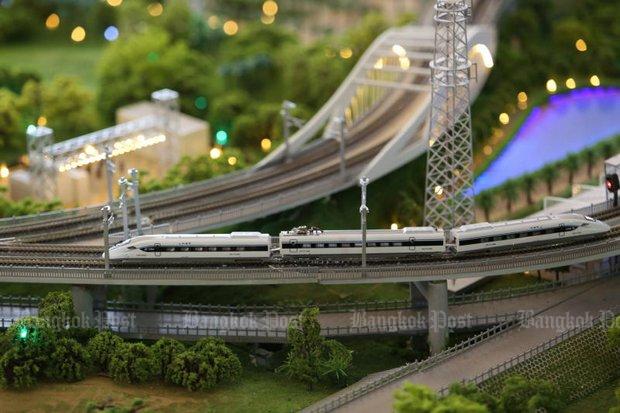Source: Siemens Energy
Siemens Energy has received two orders from Thailand for the Engineering, Procurement and Construction of combined cycle power plants. Siemens is to build Chana Block 2 in the province of Songkhla and Wang Noi Block 4 in the vicinity of Bangkok together with its Japanese partner Marubeni. Chana Block 2 will be the first single-shaft power plant built in Thailand based on the Siemens field-proven design whereas Wang-Noi will be of multi shaft configuration. Purchaser is the state-owned utility Electricity Generating Authority of Thailand (EGAT). The two power plants, each with an installed capacity of approx 800 megawatts (MW), are scheduled to come on line in the summer of 2014. The total investment volume amounts to approximately USD1 billion, with more than half for the Siemens scope of supply. The two associated long-term maintenance contracts for Siemens will be signed at a later date.
“Thanks to the state-of-the-art technology, the two plants will set new benchmarks in Thailand in terms of environmental compatibility and efficiency,” said Lothar Balling, head of gas turbine power plant solutions at Siemens Energy. “The two power plants will also be characterized by their high efficiency, operating flexibility and economy.”
Thailand is the largest per capita power consumer in Southeast Asia and currently has an installed power plant capacity of approximately 39 gigawatts (GW). Because of the high consumption, above all in the steel, textiles and rubber industry, power demand is increasing there at an annual rate of as much as 3.5 percent. Against this background the Thai government is planning to increase the country’s total installed power plant capacity to 52 GW by 2020. With a share of just less than 70 percent gas-fired power plants today account for the major share of Thailand’s power generating capacity. Experts anticipate that gas-based power generation in Thailand will increase annually by approximately five percent by 2015.
Over the past 35 years Siemens has successfully implemented a large number of power plant orders in Thailand, such as the Chon Buri IPT project, Chana Block 1, Bang Pakong Block 5, and Glow Phase 5 combined cycle power plants. As recently as February 2011, Siemens posted several orders from Thailand for the supply of 20 industrial gas turbines.
Siemens is to build the natural-gas-fired power plant Chana Block 2 as an extension to the Chana Block 1 plant using the Siemens field-proven single-shaft concept – for the first time in Thailand – in which the main components are arranged on one shaft. In addition to the Engineering, Procurement and Construction, Siemens will supply the main components, namely an SGT5-4000F gas turbine, an SST5-3000-series steam turbine, an SGen5-2000H generator, the entire electrical equipment, an SPPA-T3000 I&C system, and the ancillary and auxiliary systems. Marubeni will be responsible for supply of the heat-recovery steam generator, the main transformers and switchgear, and for erection and installation of the overall plant.
The Wang Noi Block 4 combined cycle power plant is to be built in the vicinity of Bangkok as an extension to the existing complex Wang Noi Blocks 1 to 3. The plant will be of multi-shaft design consisting of two SGT5-4000F gas turbines, an SST5-5000 steam turbine, three SGen-1000A generators, the entire electrical and I&C (SPPA-T3000) equipment, and the ancillary and auxiliary systems.
“Following on from the successful projects Sonkhla and Bang Pakong we’re pleased to be able to continue the good cooperation with Marubeni on Chana Block 2 and Wang Noi Block 4. We thank EGAT for their faith in Siemens,” added Lothar Herrmann, CEO of Siemens ASEAN.
High-efficiency combined cycle power plants are part of Siemens’ Environmental Portfolio. In fiscal 2010, revenue from the Portfolio totaled about EUR28 billion, making Siemens the world’s largest supplier of ecofriendly technologies. In the same period, our products and solutions enabled customers to reduce their carbon dioxide (CO2) emissions by 270 million tons, an amount equal to the total annual CO2 emissions of the megacities Hong Kong, London, New York, Tokyo, Delhi and Singapore combined.
